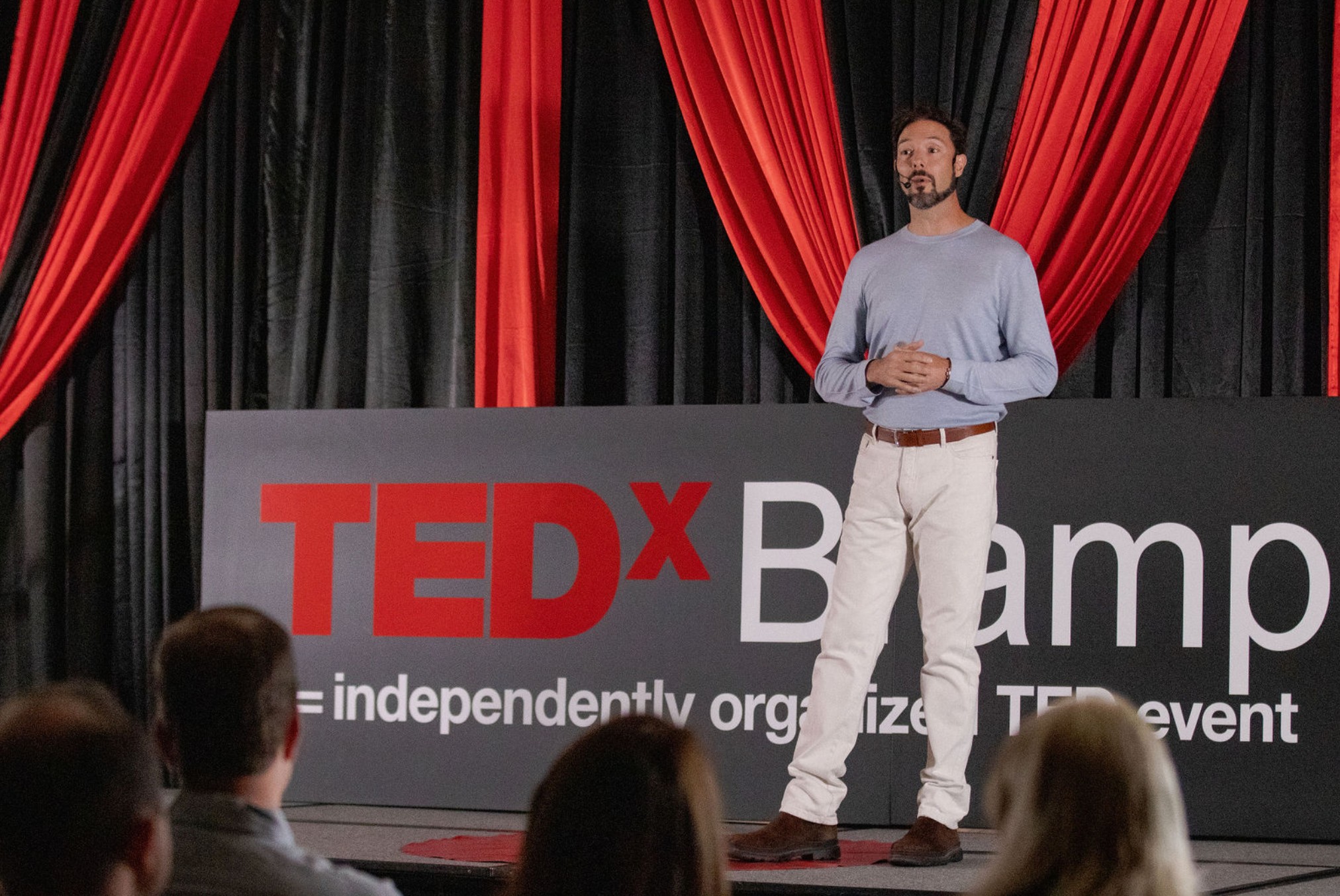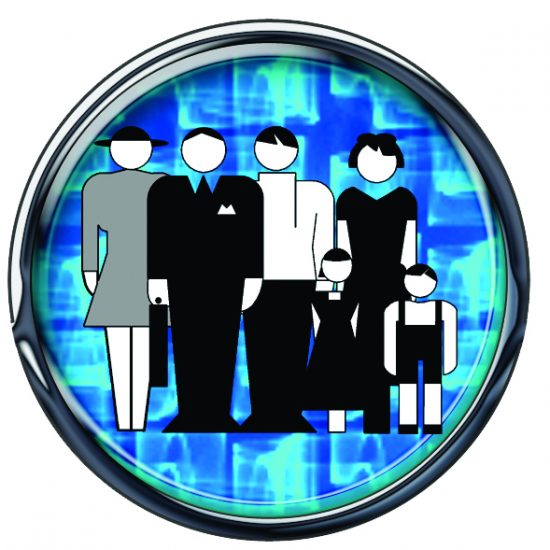Willpower is finite, as science has shown us. Algorithms are a simple way to cut down on the amount of willpower that we use per day! So what is an algorithm? And what’s wrong with using my willpower? An algorithm is simply a set of criteria which govern a predetermined process. In fact, algorithms are being utilized all around us, and most of us are completely blind to the effect that they have on our lives. Algorithms are present in things like video games, our computers, and the autopilot on airplanes. They are controlling many parts of our world. They are all around us, yet most of us don’t even notice them. Some of us go about our lives oblivious to the power of algorithms and what they can do for us. Brian Johnson from Optimize.me talks about the “if /then” principle. And algorithms are as simple as that. If x happens then I will do y. It seems so simplistic and benign, but its effect is monumentally positive and powerful.
Here is an example: when someone is trying to start a new habit, a healthy diet for instance, they might end up “going strong” for the first couple of days. After this period, they succumb to the temptation of “just one sweet couldn’t hurt.” It will soon become apparent that their willpower is fading, and they are sliding down the slope back towards their old, unhealthy lifestyle. This is exactly the situation where one should implement an algorithm. If x then y, if I start craving sweets then I will have a glass of water with a low-glycemic sweetener and some minerals to stem my cravings. It can be as simple as that! A premeditated plan of action so that we don’t have to go through the process of making a hard decision when our will power is weak. Decision fatigue is the cause of many failed plans. The plan is great, but we don’t account for decision fatigue: Too many decisions which drain our reserves of focus and willpower.
The advantage of implementing an algorithm is that it allows us to impose a great decision into a situation where we are not at our best. We have all experienced starting a project with energy and clarity, and then inevitably decision-making fatigue sets in. We lose motivation, and our willpower runs low. An algorithm allows you to transport a decision made at the beginning of a project to your lowest moment in that project. When you implement a simple if a then b strategy to any project, your productivity will improve. Furthermore, you will have to make fewer decisions because you have automated away certain difficult decisions. This will insure that the decisions you do have to make will be made with greater clarity. A great example is that of trying to start a new habit. When you are trying to start a new habit, you will inevitably have a point along the journey were your resolve falters. It is at this point that we wish we could bring the resolve we had at the start to bare. This is where algorithms come in handy. Properly applied, a life algorithm might go something like this: I am finding it hard to make a good decision, then I will do b: the pre-planned course of action. One specifically designed to keep me on track and on course.
Another good illustration of the proper implementation of this would be when someone is going through a diet change. At the beginning they set their if x then y criteria. Reducing how much willpower we have to expend in the process. We know that the deeper anyone goes into a diet change process, the more tempting it will be to go off diet. At this point we are sick of greens and just one cookie couldn’t hurt… right? Everybody has finite willpower and the deeper we go into a change, the harder it is to resist. It is for these situations in particular that our algorithm should be designed. When the cravings come on strong, we drink healthy electrolyte water to stem them. Thus, keeping us on track and making us not have to expend willpower where we don’t have to. We simply set an algorithm running like a subtle and unseen computer program: powerful and always there when we need it.
It is even better to have several strategic algorithms already in place, reinforcing positive habits. We want to do this so that we do not have to draw from our valuable supply of willpower as often. If I fatigue quicker than expected while I’m working out, then I will imagine that my adulthood hero is working out with me. These algorithms can even be implemented in a more complex and nuanced way also. Allow me to illustrate my point: if I experience writers block, then I will collaborate with other creative people. And I will look in unconventional places for inspiration. This will help me overcome the writers block. Another example would be the problem of impulse buying. There will always be just one more thing at a great discount, and it will be purposely put at a convenient location (at the checkout line) to seal the deal. An advisable course of action for this problem is to not even have to use our willpower to say no and instead if A happens then I will do B. If I am right in front of a great item, one that is not in the budget, then I will take a deep breath. I will then open my phone and look at the house I want to someday live in (or some such financial goal) and sharply turn and walk in the other direction. All the while imagining how awesome that home will be because of what I just did.
Properly layered algorithms can have profound effects on every aspect of life. We should structure them so that the positive benefits bleed into each other. We can set algorithms running in all aspects of life. From our workouts to our diets to our buying habits to our business strategies and even our sleep. Then good sleep will help our energy levels, which will allow us to get more work done and have more energy for workouts. We are eating better which will lead to better cognitive function, and that will lead to better decisions in our business lives. All of this is what is known as a positive feedback loop. Now it is not advisable to try and implement ten algorithms at once. It is best to start small with one or two and then, once those are cemented as habits, you can add on more. With this system, we can form chains of algorithms. Systematically removing bad habits and optimizing our work and life.
Now you may be thinking: “well hang on now. This is all based on you keeping your promise to yourself. Aren’t there just as many opportunities for you to indulge and fall back on your promises to yourself?” This is true, so we have to start small. Building our credibility with ourselves begins by keeping the very smallest of promises and moving up from there. However, the advantages of this system are that if you already have a plan of action prearranged and premeditated, then you will have a better chance of breaking a bad habit or overcoming temptation. Instead of resorting to drawing from your willpower right then and there, you have a plan of action that you’re committed to. The ladder is only possible; however, if you are committed to following your algorithm and are committed to staying the course.
Your challenge is to have three algorithms up and running in key areas of your life within the next twenty-one days. I recommend implementing them one at a time and progressively layering them on one and other. Once you’ve decided what your three new algorithms are going to be. Pick the most integral and foundational algorithm to implement first. In this case a top down approach is not recommended, for bad habits lower down on the chain may impede your new algorithm. Thus, we want to start at the base and go up from there.




